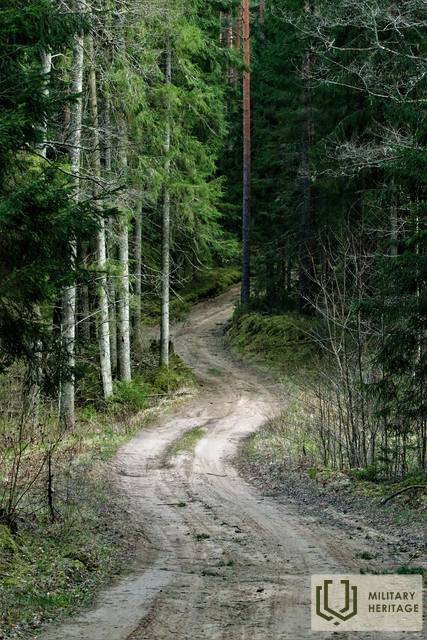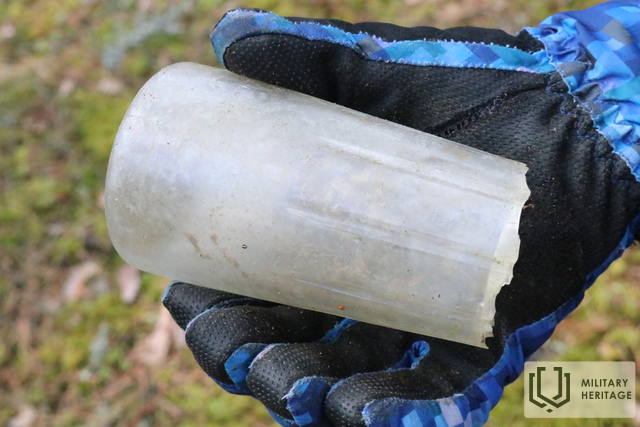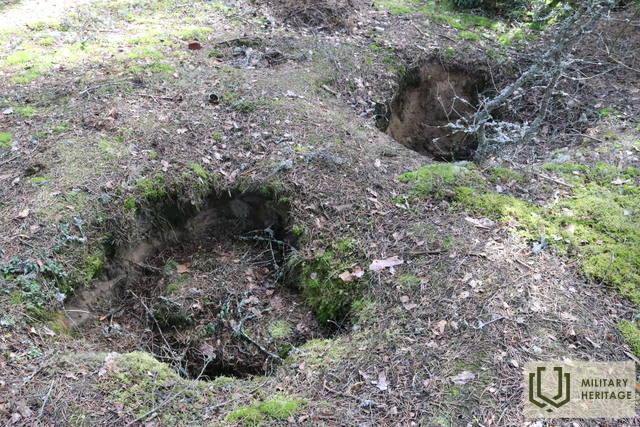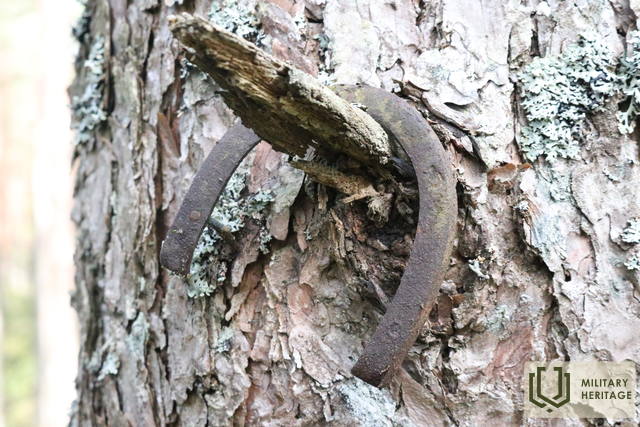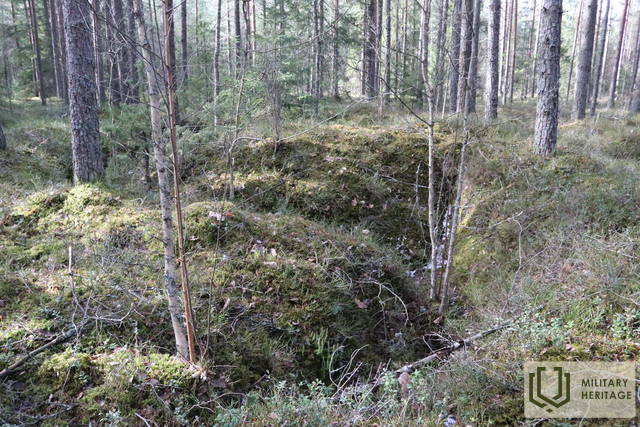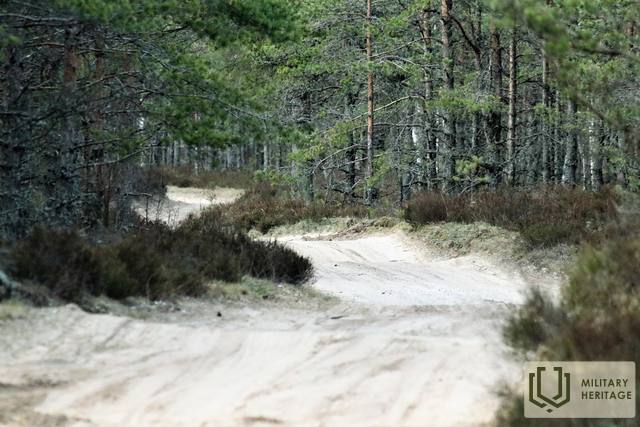Prince Leopold Road (Prinz – Leopold Straße)
Infrastructure


 64
64


The name of the World War I site (road) is “Prinz – Leopold Straße” – Prince Leopold’s Road. A historical forest road or its location, about 7 km long, began at the junction of the Great Kurfürsten Damm and Kaiser Damm at the so-called Kurland Monument (Kurland Denkmal) and winds through the forest towards Birzgale, connecting with the World War I narrow-gauge railway line: Lāčplēsis – Latgale. West of the road and about 2 km south of the Kurland Monument (Kurland Denkmal) is a World War I shooting range. Today, the Prince Leopold Road can be walked, cycled and driven (in suitable conditions). The road crosses the Konupīte and a tributary of the Žega.
It is believed that German army soldiers, who spent a long time on the left bank of the Daugava River, named this road after Prince Leopold of Bavaria (1846–1930), who led the German and Austro-Hungarian forces on the Eastern Front during World War I.
Used sources and references:
1. https://www.britishmuseum.org/collection/term/BIOG223345
2. Historical and other maps: https://vesture.dodies.lv/#m=15/56.71776/24.69606&l=O/KDW
3. Map “1914 – 19 Karte des Weslichen Russlands”
Related topics
Related stories
Saving the bridge over the Nega River from being blown up
During the German retreat in 1944, many important objects were blown up and it was very difficult to prevent this, however, there are also stories about miraculous incidents when the courage of local residents and the tolerance of a soldier allow places that are important to the locals to be saved, and the salmon survived. One of the stories is this one about a discussion between a housewife and a German soldier that saved an entire bridge from being blown up.
Life during World War II on the Kegums side
Memories of the now distant royal era flashed through. For the older generation, it would remind them of their own experiences, while for the younger generation, it might bore them.




